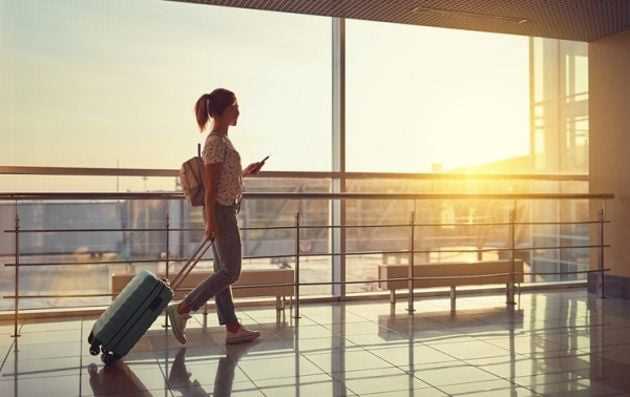I have just returned from a stay of several weeks in Europe. I’m from the UK, and since Brexit traveling in the EU has become more complicated. But with the coronavirus variants continuing to weave their way across the world, layers of complications, bureaucracy and uncertainty have added to travel.
I have found that having my tech equipment properly installed and configured is invaluable in making things easy, smooth and stress free. The following is based on my experiences and will of course vary from country to country, and even from day to day, but I think these tips will help you make your trip – professional or personal. – much less stressful.
1. Your smartphone is vital
If you thought a smartphone was vital, wait until you travel to really realize it. Whether it’s keeping up with regulatory changes, showing off vaccination certificates or paying for purchases, your smartphone is your lifeline in a sea of change and uncertainty.
The option “I’ll just go for a walk and leave my phone behind” no longer exists.
2. Keep your smartphone charged
With point 1 in mind, I realized that I was consuming my battery much faster than usual. Before, I mostly used my smartphone to take pictures, for example. But now I use it even more often, given the number of times I have had to show my vaccination record or various travel documents.
Bringing a small extra external battery (and a charging cable) seems like a very good idea.
3. Masks make it difficult to unlock your smartphone
If you are one of those sane people who have long and complex passwords to secure their smartphones, you will start to hate everyday life quickly. Fingerprint readers on Android devices make unlocking smoother, and for iPhone users, if you have an Apple Watch, you’re going to really appreciate the “Unlock with Apple Watch” feature, which works even when you wear a mask.
My life would have been rubbish everyday without it, and I gained a whole new level of appreciation for my Apple Watch with this feature.
4. Take screenshots of essential documents
Rather than having to dig through my emails to find my travel documents, I found that it was easier to take screenshots of those documents. This makes it easier to find them in an emergency. In addition, since what matters most of the time are the QR codes they contain, a screenshot allows you to easily zoom in on the relevant elements.
5. Quick access to the vaccination certificate
I made my vaccination certificate my wallpaper and my lock screen. It’s much faster and more convenient than using Apple’s Wallet app on iPhone and Apple Watch.
Interestingly, and rather worryingly, I found that a large part of the QR code readers used to verify the vaccination certificate did not seem to work well with the Apple Wallet certificate, but a screenshot was sufficient. I don’t know exactly why.
Regarding the vaccination certificate or health pass, it is also possible to use the TousAntiCovid application.
6. Prepare for frustrations
Lots of frustrations. They range from QR codes that don’t work to last minute changes in regulations.
It happens. Getting irritated by it doesn’t really help.
7. Be prepared when you need to print documents.
Yes, print stuff.
On several occasions, I had to go to the store to print documents (who travels with a printer?). It’s also frustrating, but you have to accept it.
Source: ZDNet.com
